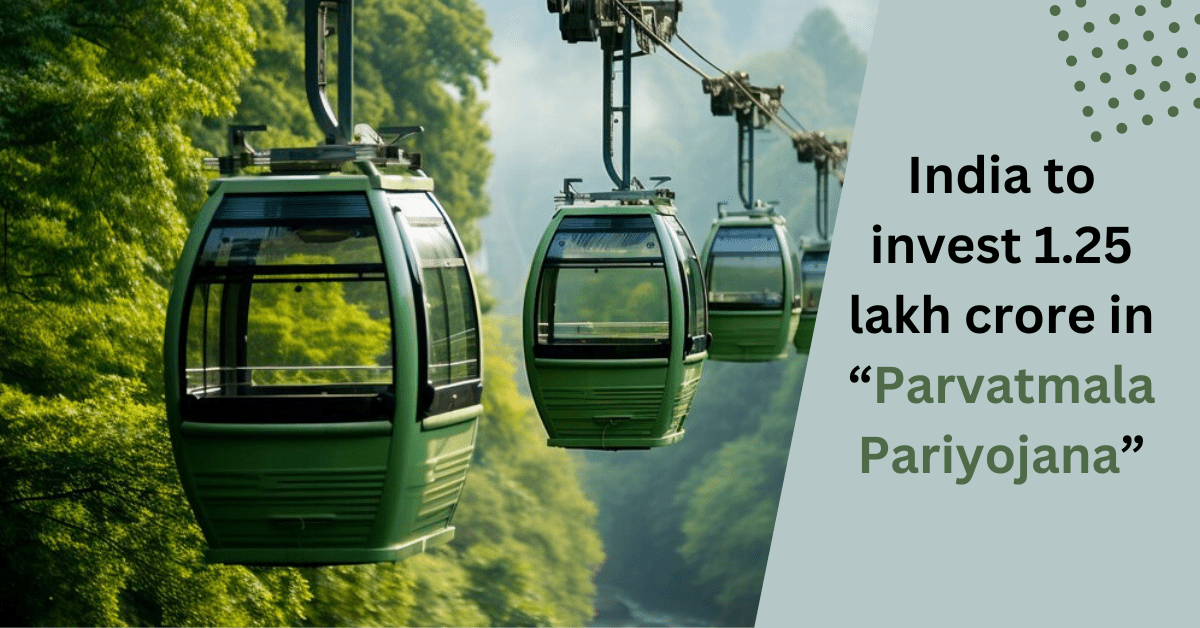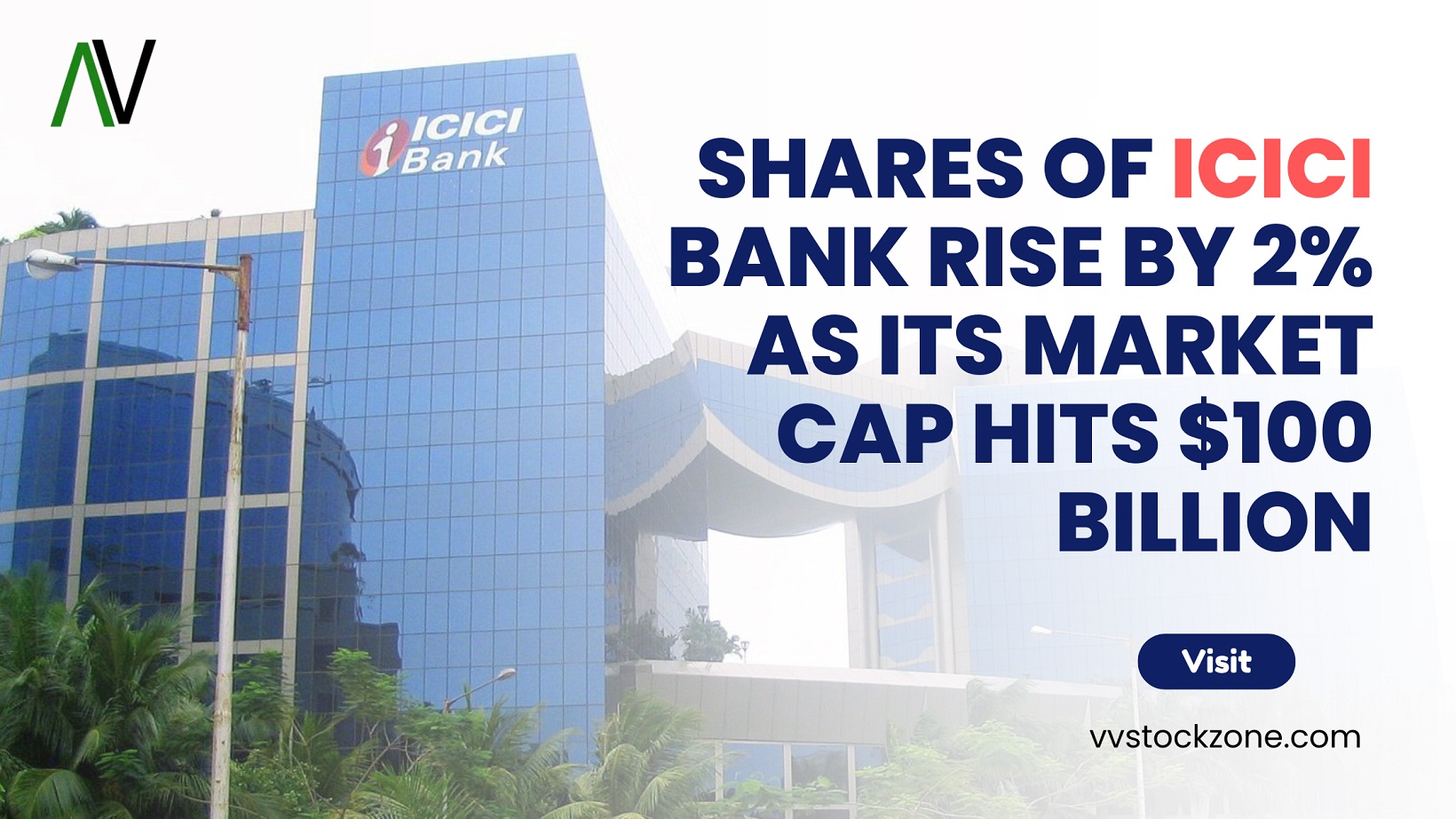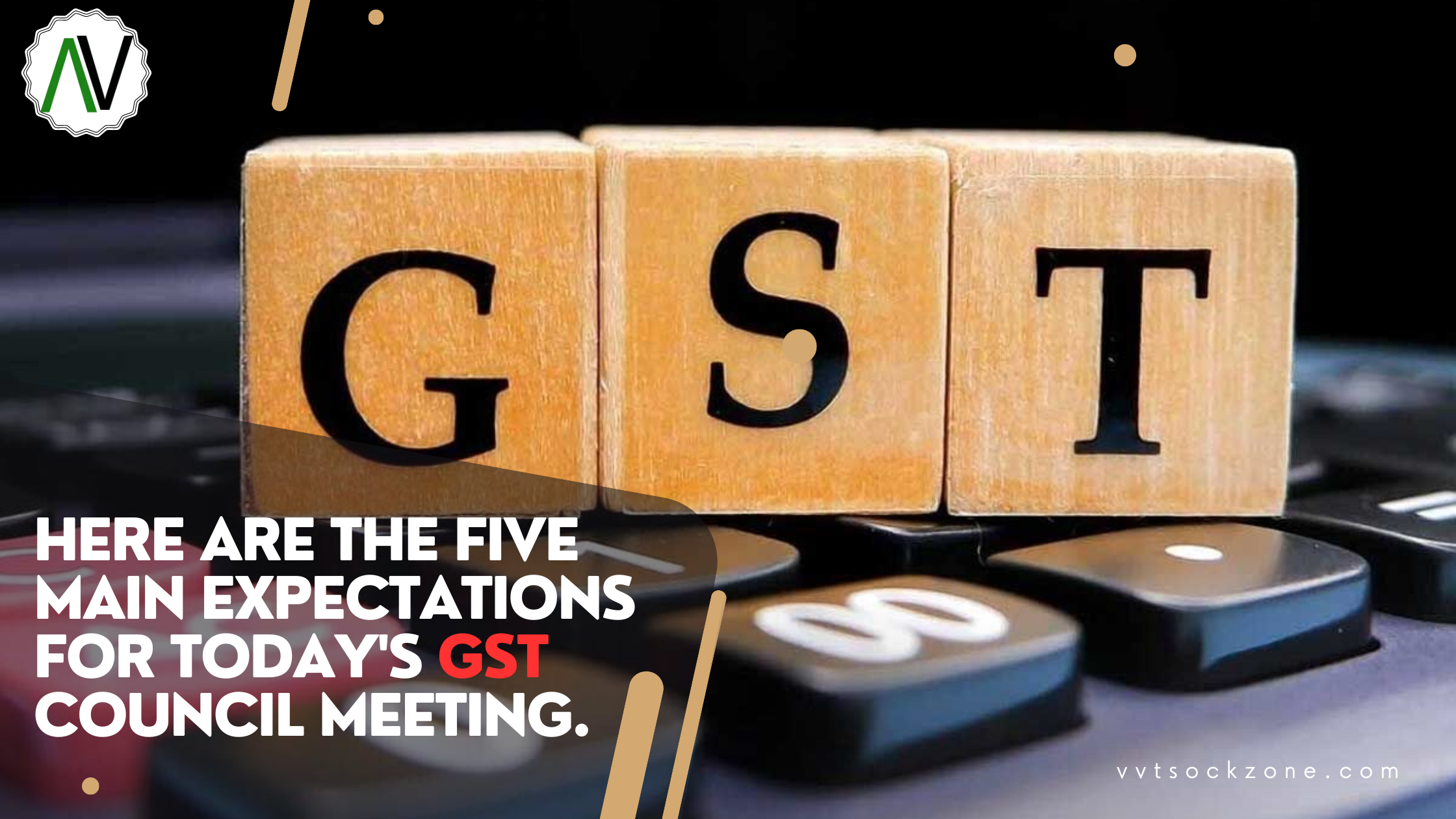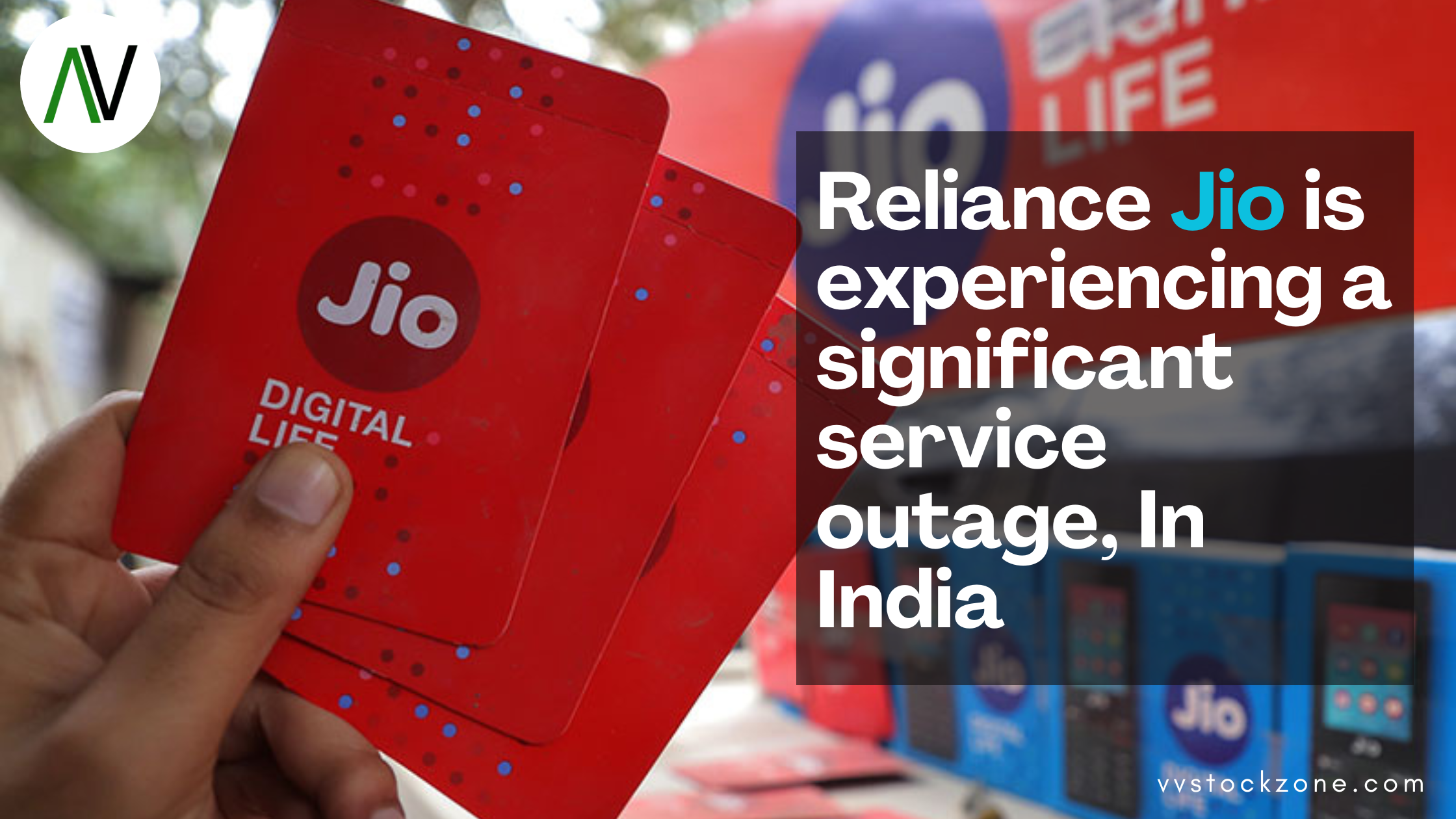The Indian government plans to expand the number of projects under the “Parvatmala Pariyojana” National Ropeways Development Programme, with over 200 projects valued at Rs 1.25 lakh Cr to be constructed in 5 years.
Speaking at the ‘Ropeway: Symposium-Cum-Exhibition’ in New Delhi on Tuesday, Union Minister Nitin Gadkari discussed the government’s goal of making ropeways commercially viable as well as the Center’s initiatives towards sustainable transportation and connectivity. At the function, Gadkari announced that over the following five years, a number of projects have been set aside for completion as part of the National Ropeways Development Programme, or “Parvatmala Pariyojana.”
The Union Minister stated that in order to encourage more private players to develop ropeways under the “Parvatmala Pariyojana,” 60% of construction support is provided under Hybrid Annuity Mode (HAM for Ropeways), as opposed to 40% of support provided under National Highways.
According to him, the ropeway has enormous potential for urban public transportation in addition to promoting tourism in hilly areas. He added that the goal should be to develop locally produced, affordable solutions without sacrificing security.
Tenders have already been released for the Kedarnath temple in Uttarakhand and the Kamakhya temple in Assam, according to high-ranking government officials. A tender will be released shortly for ropeway access to the Mahakaleshwar temple, the source continued.
About Parvatmala Pariyojana
The Hybrid Annuity Model—a public-private partnership (PPP) in which the government provides 60% of the funding support—will be the main focus.
The Ministry of Road Transport and Highways is executing the Parvatmala Scheme.
The Parvatmala Pariyojana is currently being implemented in Uttarakhand, Himachal Pradesh, Manipur, Jammu and Kashmir, and other North Eastern states.
The Parvatmala Pariyojana History
During the Union Budget 2022–2023 presentation, Union Finance Minister Smt. Nirmala Sitharaman revealed the PPP-based National Ropeways Development Programme, or “Parvatmala.”
In February 2021, the Government of India (Allocation of Business) Rules 1961 were amended to increase the Ministry of Road Transport and Highways’ responsibilities.
The ministry was specifically given the power to supervise the creation of ropeways and other alternative modes of transportation.
Factors Influencing Ropeway Development in India
- A cost-effective method of transportation
Ropeways are an aerial mode, so they require less money for land acquisition. Therefore, even though the cost of building a ropeway project is higher per kilometer than that of building a road, the cost of building a ropeway project is still less expensive than that of building a road.
- Faster mode of transportatio
Ropeways have the benefit of being constructed in a straight line across hilly terrain, which reduces the amount of time needed to travel a given distance.
- Environment-friendly
Ropeway transportation produces very little dust. Material containers can be made to ensure that no environmental contamination occurs.
- Last mile connectivity
Ropeway projects that use comparable technologies or 3S (a type of cable car system with two cables for propulsion and one for support) can carry 6000–8000 passengers per hour.
Ropeway Infrastructure Benefits
- Ideal for difficult, challenging, or sensitive terrain
This mode of transportation will provide mobility to people living in difficult areas, allowing them to integrate into society.
- Economy
Several cars on ropeways are driven by a single engine and drive system. As a result, building and maintenance expenses are decreased. An additional labor cost savings comes from using a single operator for the duration of a ropeway.
- Flexible
Different kinds of material can be transported at the same time using a ropeway. The Parvatamala Scheme, which will create a strong and long-lasting ropeway infrastructure, will aid in achieving this goal.
- Capable of handling large slopes
Ropeways and cableways (cable cranes) can handle steep slopes and significant elevation differences. Where a road or railroad requires switchbacks or tunnels, a ropeway runs straight up and down the fall line.
- Minimal Trace
Ropeways may be built in densely populated areas and in locations where there is fierce competition for land use because they only require intermittent, narrow-based vertical supports, freeing up the remaining ground.





